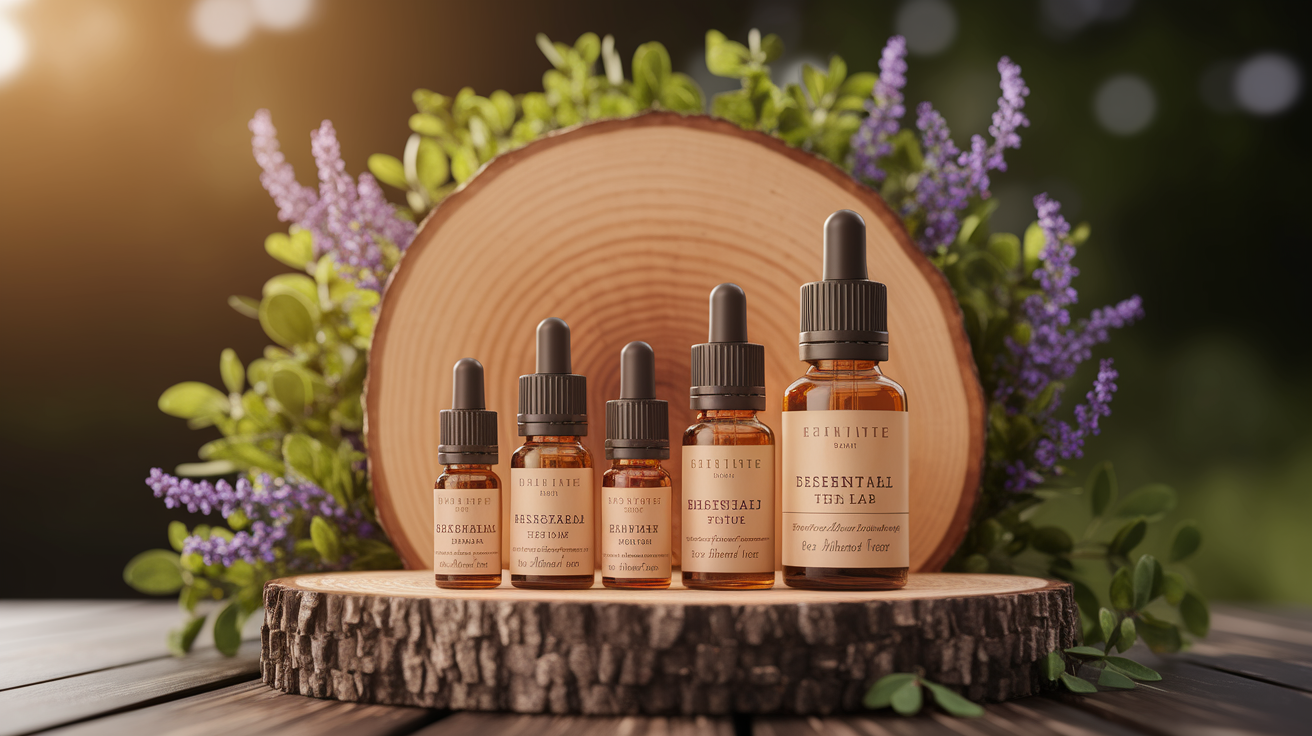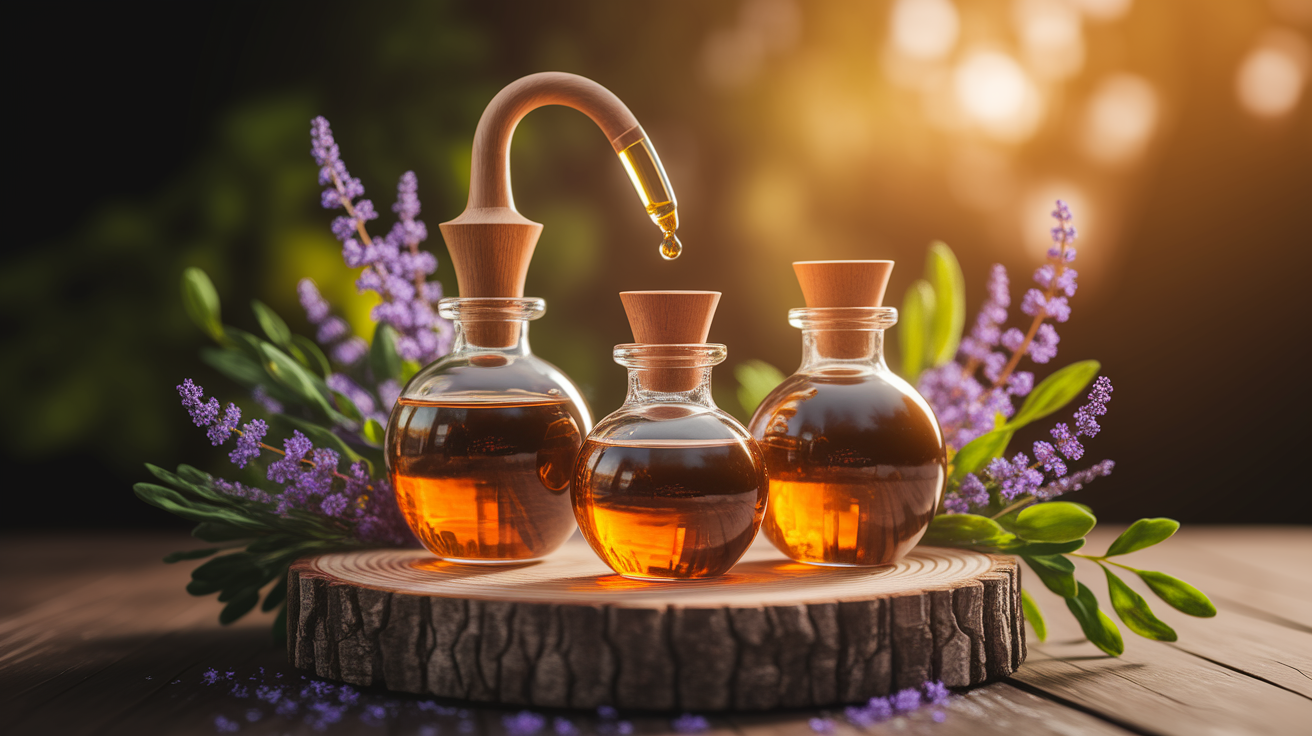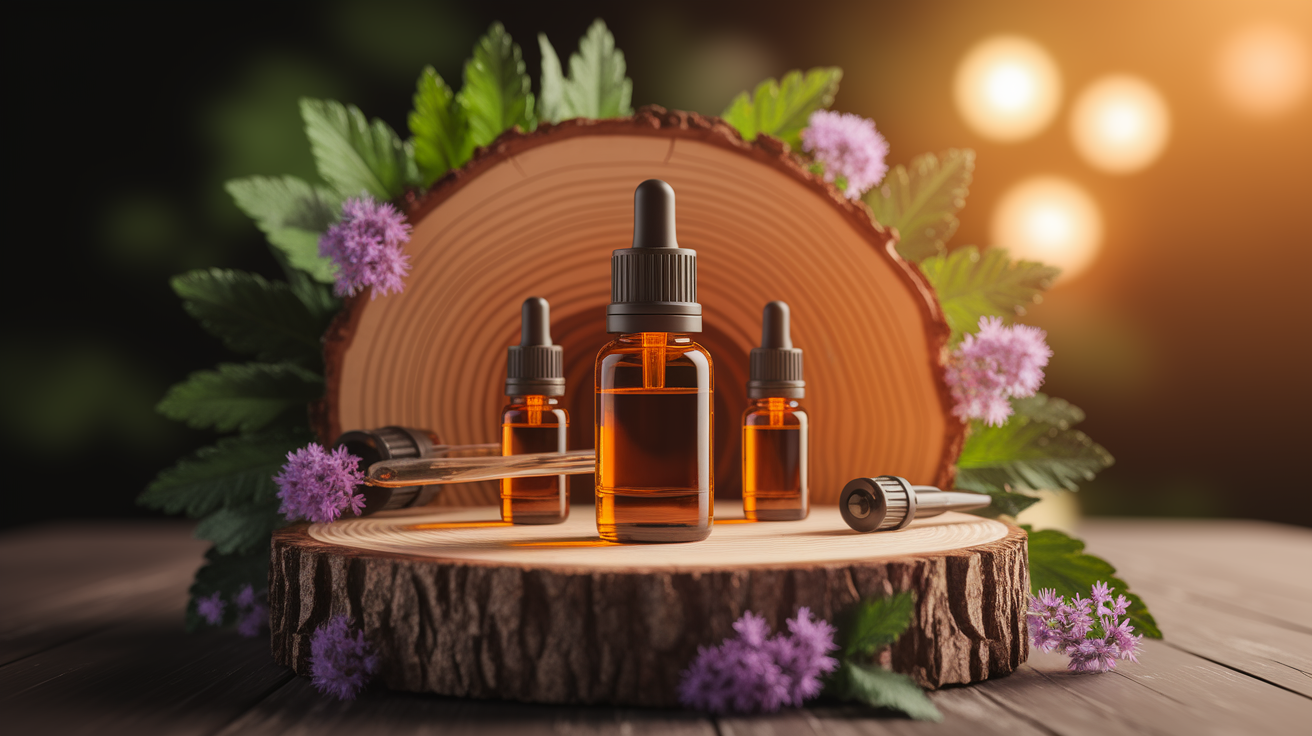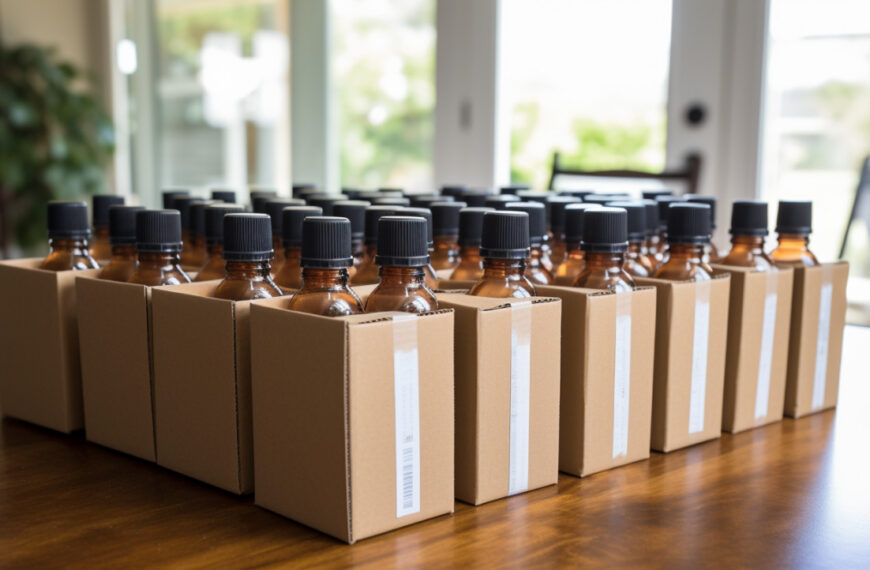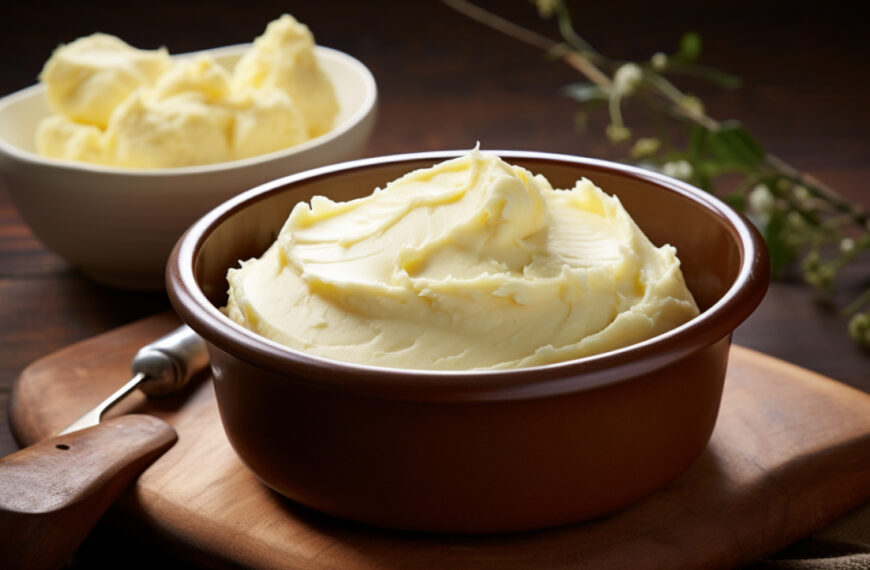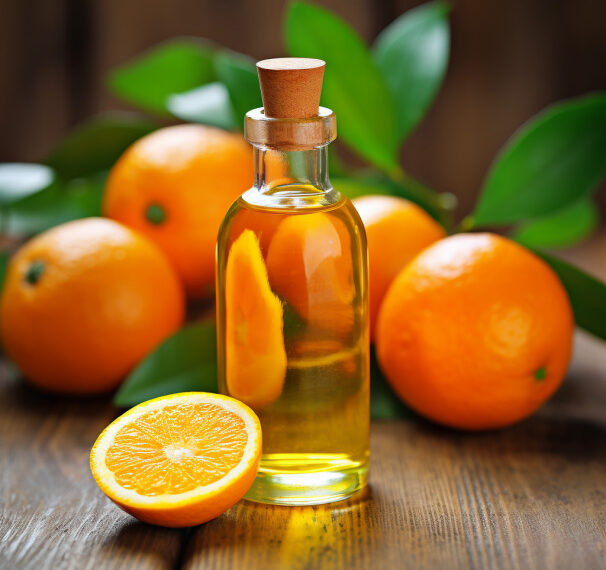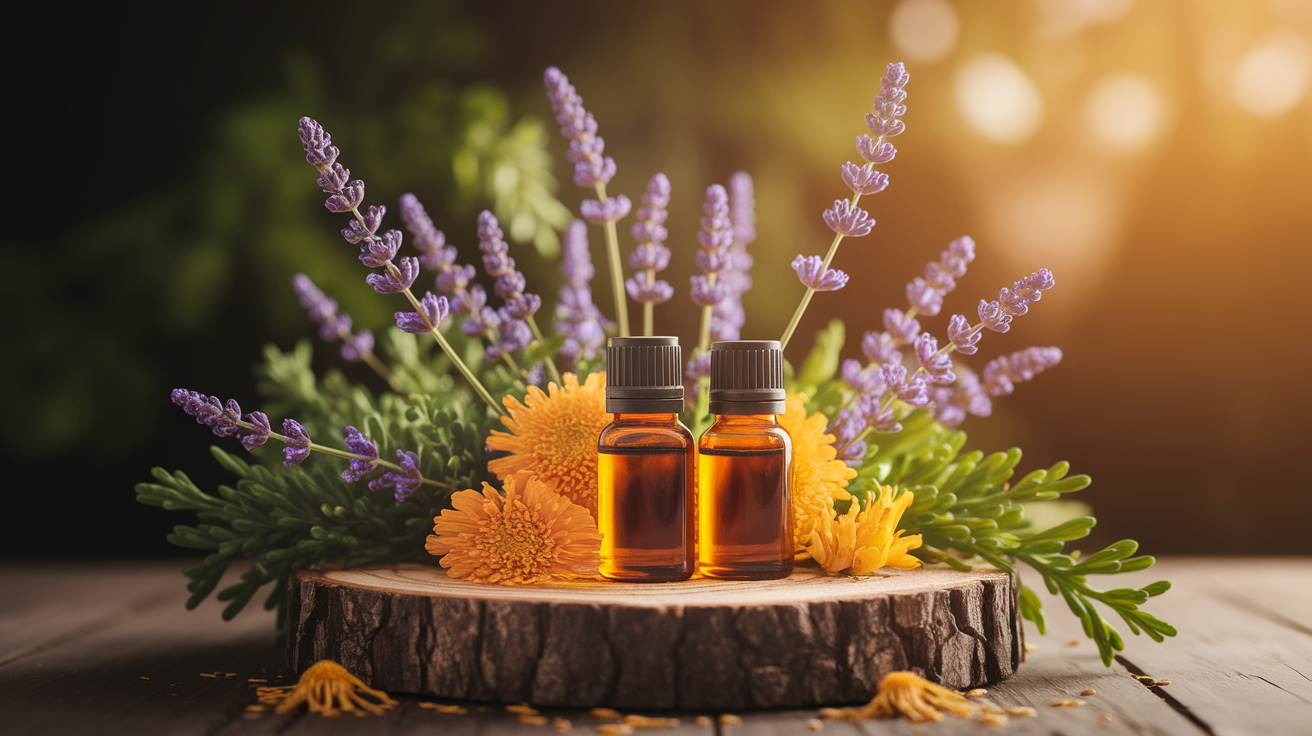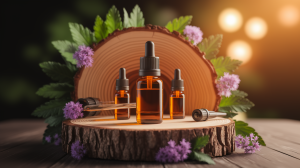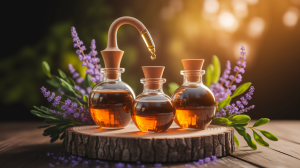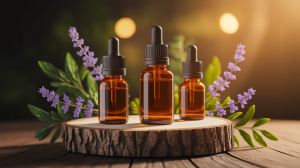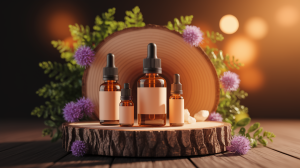Lab on a Dime: Kickstart Your Budget-Friendly Essential Oil Testing
You’d be amazed at how easy it is to turn a corner of your home into a small-scale essential oil lab without spending a fortune. The first time I pieced together mine, the thrill of seeing steam curl up through a makeshift glass coil was unforgettable—it felt like cracking open a secret world of scent and chemistry. Building a test lab for oil purity analysis isn’t about replicating the sleek setup of a commercial space—it’s about identifying what you actually need to start testing aromas, tracking volatile compounds, and detecting impurities without breaking the bank. With a dash of creativity, you can have something functional, safe, and surprisingly efficient on a very limited budget.
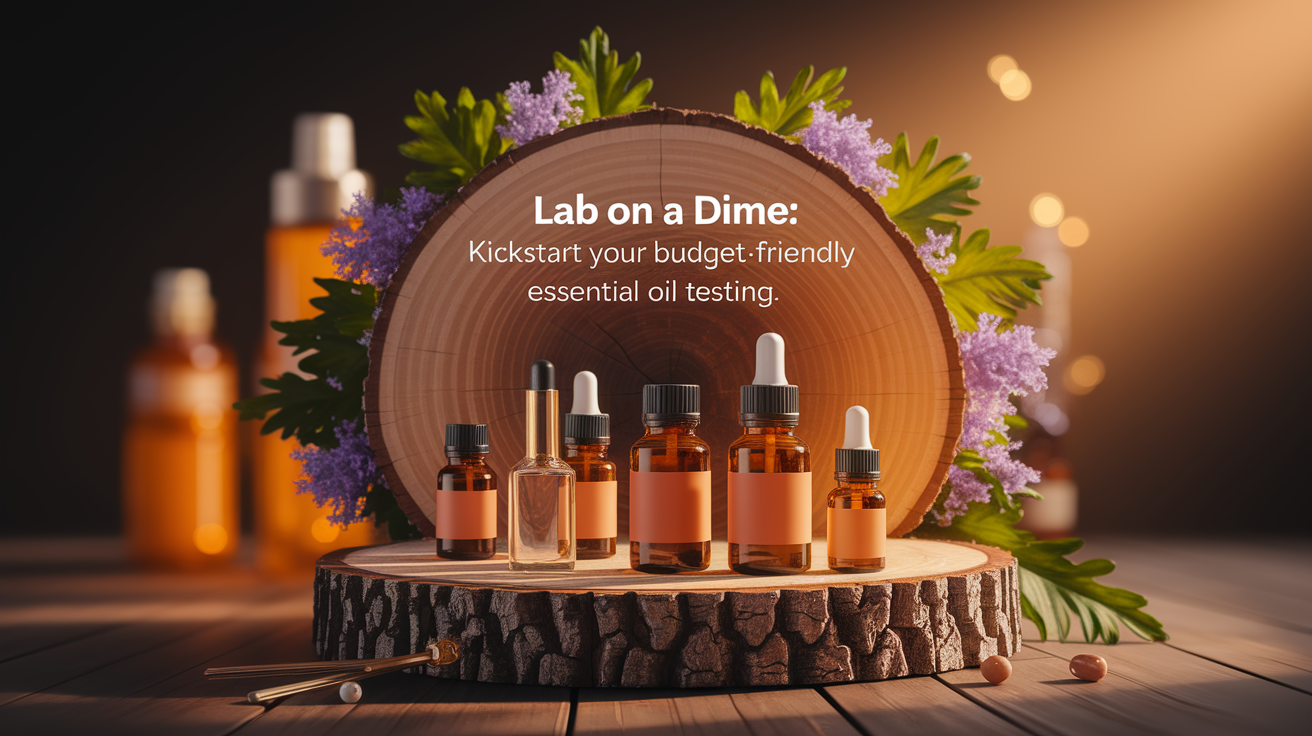
Selecting Budget-Friendly Extraction Methods
The choice of extraction method is where things get exciting. I still remember the first time I tried steam distillation with fresh rosemary—it was both glorious and mildly chaotic, with steam escaping in puffs like a mischievous genie. For budget setups, steam distillation tops the list, but don’t ignore the charming simplicity of cold pressing if you’re interested in citrus or are working with delicate peels. There are also CO2 extraction methods that are eco-friendly and can be scaled down, and even ultrasonic extraction for faster yields when you’re experimenting with smaller batches. Picking one that suits your plant material keeps you from drowning in unnecessary equipment costs.
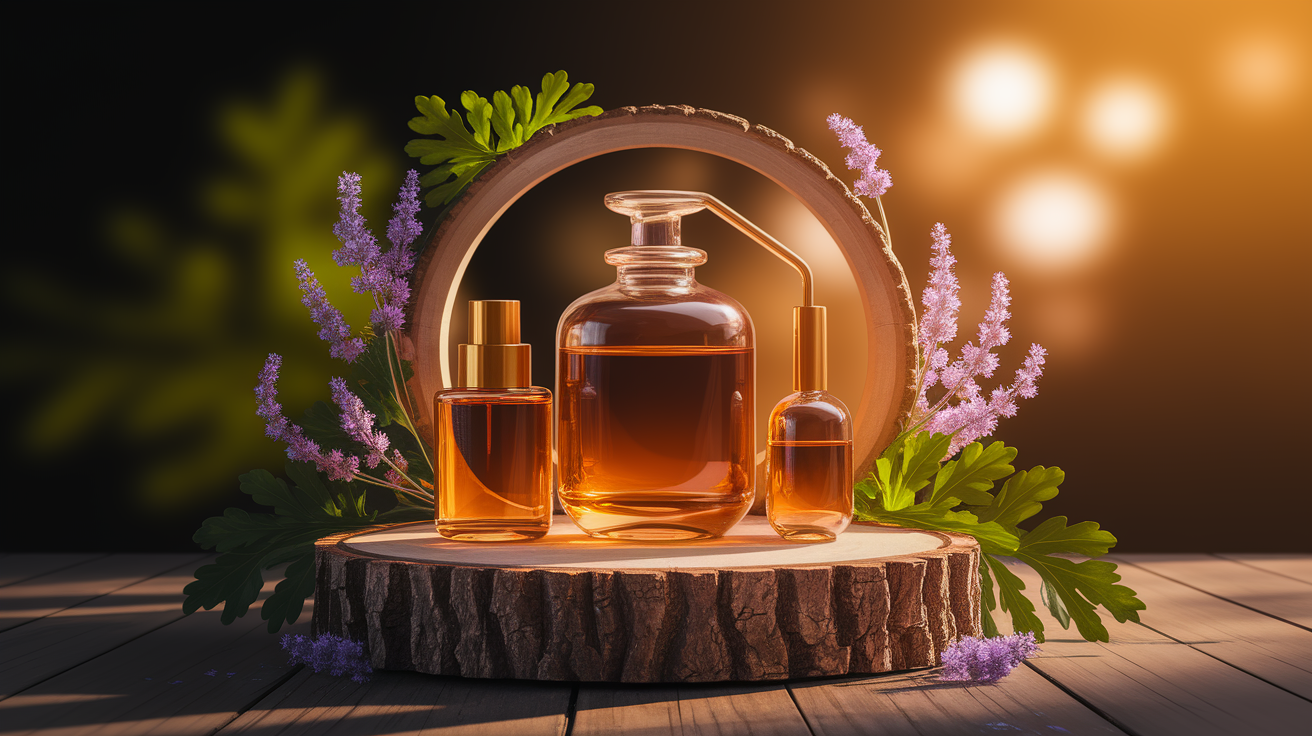
Essential Equipment for Under $500
It’s surprising how little you truly need to run essential oil tests at home. You can assemble a workable lab with just the basics:
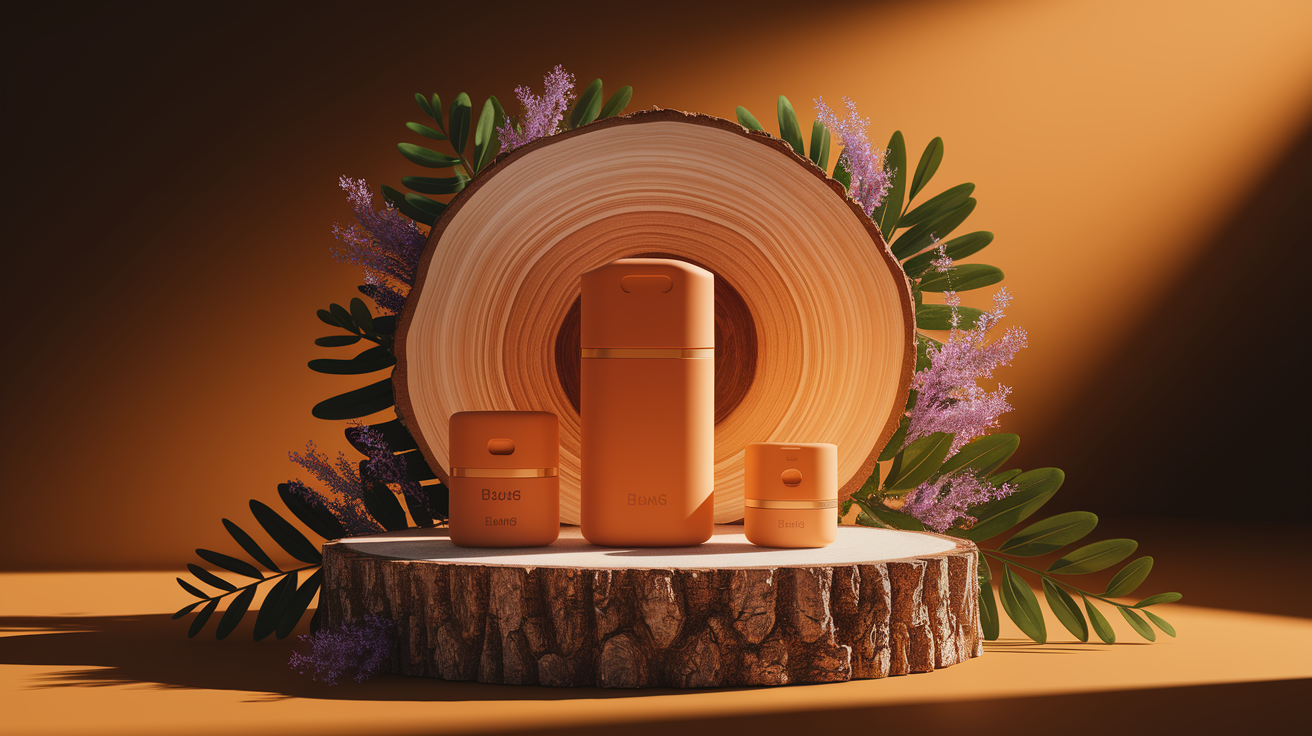
- Distillation apparatus (even a simple home-built variant)
- Heat source and condenser tube
- Analytical balance for measuring plant material
- Test tubes, pipettes, and a refractometer for quick oil authentication
- pH meter and density meter for physical property checks
- Microscope for inspecting plant material quality
Hunting through second-hand science supply shops or online budget retailers, I once found a condenser for half the price simply because it had a tiny scratch on the stand. Imperfect? Yes. Functional? Absolutely. With careful buying, this whole list can fit into that under-$500 window, and every tool adds clarity to your chemical analysis.
Setting Up Your Lab Space Safely and Efficiently
The space you claim as your lab is just as important as the gear. I once tried working in the kitchen—until a puff of peppermint vapor made dinner taste like toothpaste for two days. Lesson learned. Go for a well-ventilated spot, away from food prep, and set up your table so you can move from distillation apparatus to testing equipment without tripping over cords. Gloves and goggles should be right there, not stashed in a drawer. If you’re using solvents, keep them sealed when not in use, and have a small disposal setup for plant waste. Even in a home lab, safety measures are non-negotiable—they make sure experimentation stays enjoyable instead of turning into an emergency.
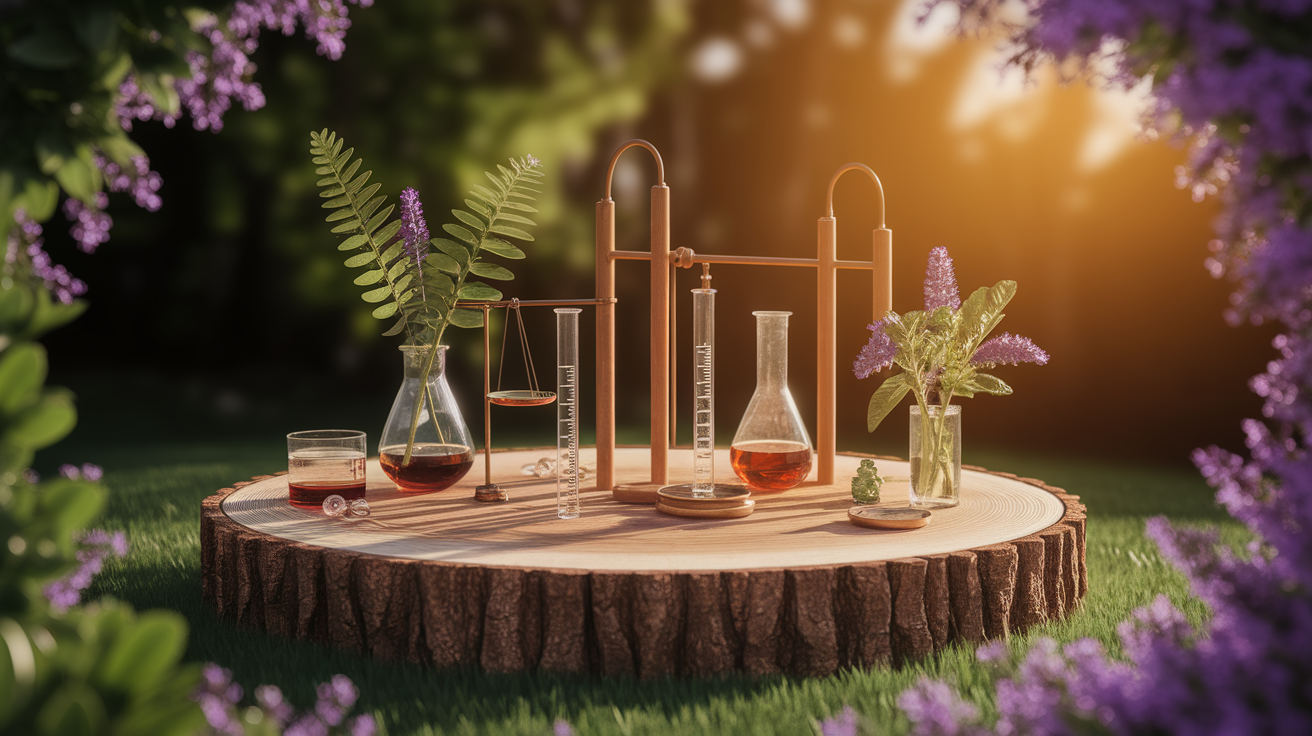
Quality Control on a Shoestring Budget
Here’s where the magic meets precision. Sure, a full-blown gas chromatography–mass spectrometry setup would make you feel like a Bond villain with a scent obsession, but you can do plenty without it. A GC-FID is a more affordable alternative, but if that’s still out of range, focus on sensory evaluation—carefully studying aroma notes, clarity, and color against known standards. A refractometer can help spot adulteration, while pH and density readings add another layer to your quality data. By building a small but reliable testing protocol, you’ll catch oil contamination and verify composition with far less expense.
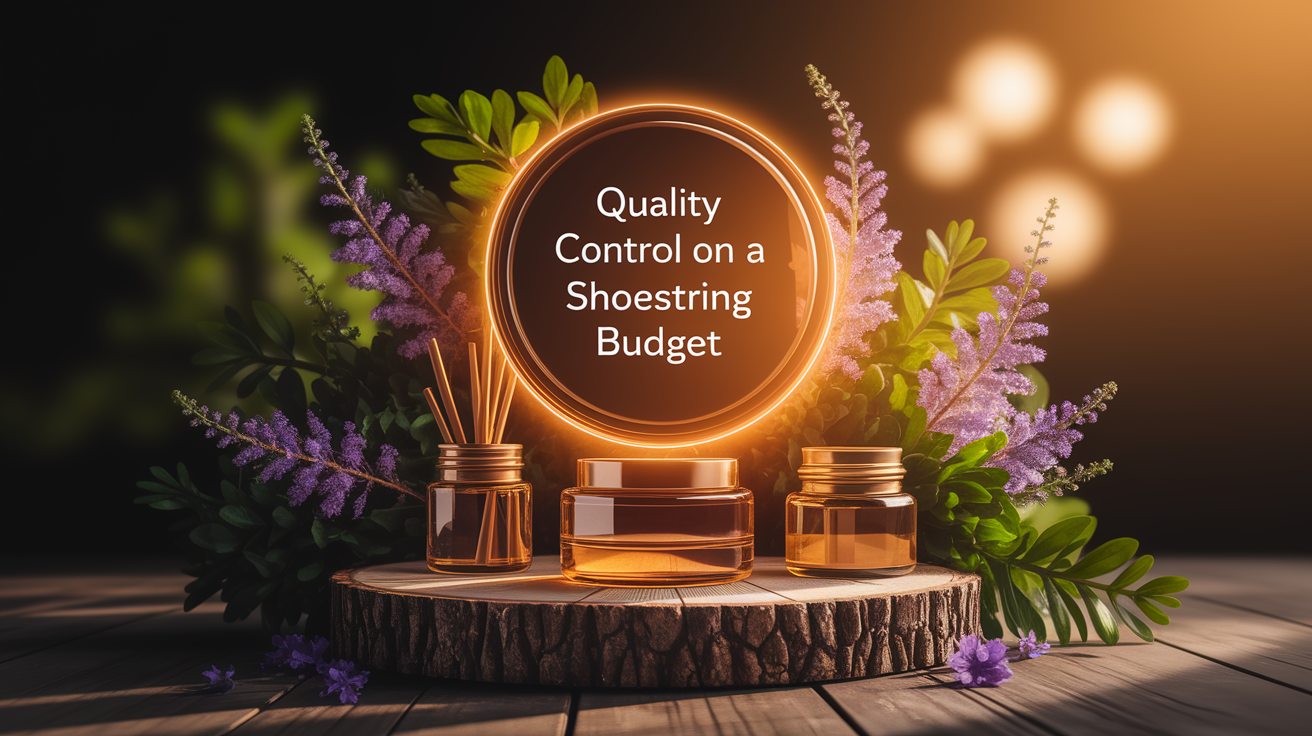
Distill Success Without Distilling Your Wallet
When everything hums along—the condenser gurgling, the beaker slowly filling with golden liquid—it’s a reminder that success here isn’t measured in dollars spent. Your lab can be built slowly, piece by piece, and improved over time as you refine your extraction techniques and testing methods. The best part? Every batch teaches you something new—sometimes a chuckle-worthy mishap, like spilling a vial only to scent the whole room, other times a wide-eyed discovery of purity that matches therapeutic standards. Keeping it budget-friendly ensures you’re investing in the craft, not just the tools.

